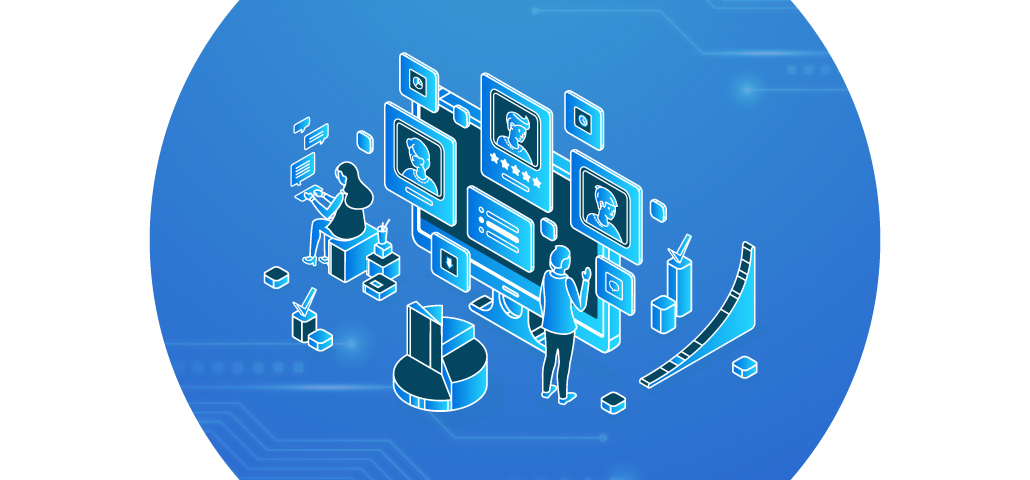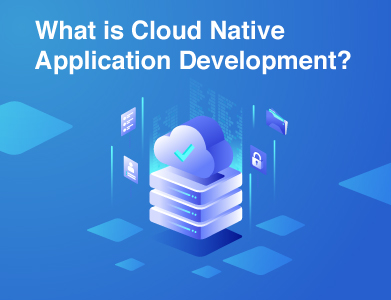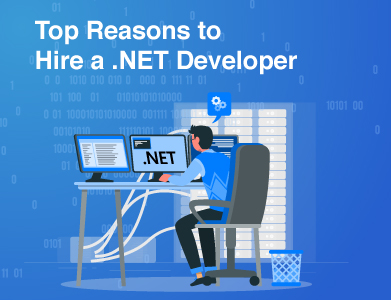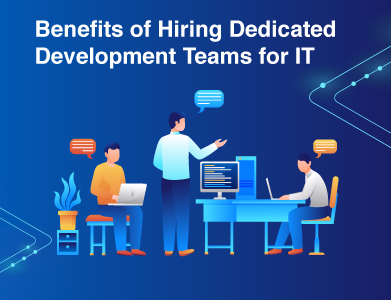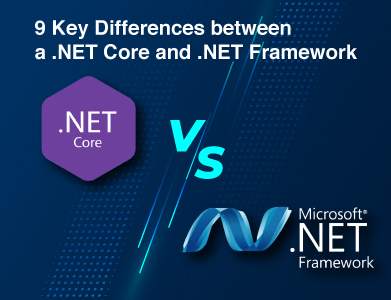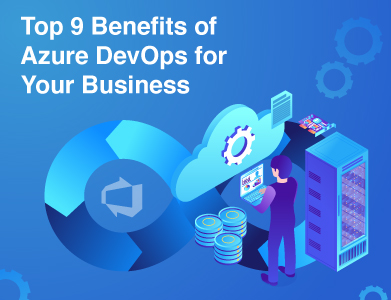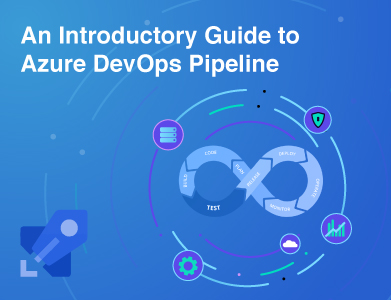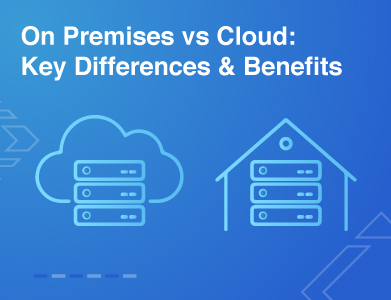Expertise
HR used to be the department you called when your paycheck looked off or when you needed a new ID badge. Now, it’s the support system of operational stability and scale. As businesses grow across geographies, functions, and regulations, spreadsheets and disconnected systems start to buckle. This is where HRIS enters.
But What is HRIS? The Human Resource Information System is a software, a structural framework that aligns people, process, and compliance across the enterprise. For leaders, it turns HR from a reactive support function into a proactive enabler of strategy.
This guide is about why HRIS matters, what to look for, and how companies across regions are using it to move faster without losing control.
What is an HRIS System?
The HRIS (Human Resource Information System) is a centralized platform that governs how your organization collects, organizes, and applies employee data. Think of it as the single source of truth for everything from onboarding and benefits to time tracking and performance reviews.
Rather than juggling tools and workarounds, HRIS brings consistency. It reduces the chances of manual error, streamlines compliance, and supports real-time decision-making across departments.
For organizations crossing the 100–500 employee range or operating in multiple regions, it becomes an essential infrastructure.
HRIS vs. HRMS vs. HCM: What's the Difference?
These terms get thrown around a lot, usually by software vendors trying to one-up each other. Here's a quick breakdown:
| Term | Stands For | Focus |
|---|---|---|
| HRIS | Human Resource Information System | Core admin tasks such as employee records, payroll, leave, compliance |
| HRMS | Human Resource Management System | Adds talent functions like recruitment and learning |
| HCM | Human Capital Management | Strategic layer for workforce planning, analytics, succession |
The takeaway: don’t get caught up in labels. What matters is whether the system aligns with your current needs and growth trajectory. A high-growth tech company with 300 employees in three countries might benefit from HCM features. A professional services firm just trying to fix their payroll mess? HRIS is probably all they need.
Learn more about HRMS here: A Complete Guide on HRMS Software Development
Why HRIS Matters: The Business Case
Implementing an HRIS doesn’t usually top the CEO’s priority list until it does. That moment usually comes during:
- A messy audit or legal dispute
- A botched international payroll run
- A failed onboarding experience for key talent
- A scaling phase that exposes cracks in people processes
The ROI of a Well-Chosen HRIS:
- Operational consistency across regions
- A Gulf-based logistics firm used an HRIS to standardize job roles, leave policies, and payroll systems across the UAE and Saudi Arabia. HR tasks that once took 5 people for 3 days now take 1-person only 4 hours.
- Reduced compliance exposure
- A fintech startup expanding into the UK used their HRIS to automate document collection and policy sign-offs to meet FCA compliance needs which resulted in no more chasing new hires for PDFs.
- Better visibility into workforce metrics
- A European manufacturing firm integrated their HRIS with their ERP system to track headcount planning, training progress, and absenteeism in real time.
Core Capabilities of A Modern HRIS
Onboarding Coordination
No more Excel checklists and endless back-and-forth emails. HRIS automates onboarding sequences:
- Contracts get signed electronically
- IT is auto notified for equipment provisioning
- Policy modules are assigned and tracked
A mid-size IT company cut their new-hire ramp-up time by 50% simply by using workflows that triggered as soon as a job offer was accepted.
Employee Data Infrastructure
Every HR audit starts (and sometimes ends) with missing or mismatched records. HRIS centralizes:
- Employment contracts
- Job titles and role histories
- Certifications and training logs
- Performance data
In compliance-heavy sectors like pharma or finance, this alone justifies the investment.
Payroll Integration
Payroll mistakes are annoying, and they destroy trust. A modern HRIS handles:
- Country-specific tax compliance
- Multi-currency payouts
- Integration with accounting software
A professional services firm with teams across the world can reduce its monthly payroll reconciliation time from 3 days to 6 hours using an HRIS-integrated processor.
Time and Attendance
From mobile check-ins to biometric scanners, modern HRIS platforms reduce timesheet drama.
The value?
- Better overtime forecasting
- Accurate billing for client-based work
- Reduction in disputes or manual corrections
A UAE-based logistics group reduced unplanned overtime by 17% after integrating time tracking directly into its HRIS, synced with manager approvals.
Performance Monitoring
Set goals, monitor feedback, and structure reviews all within a single system. HRIS systems create structured review cycles, track goals, and make performance data accessible to both managers and employees.
- Employees get clarity
- Managers get consistency
- HR gets data they can actually use
A SaaS company moved from Google Docs to a structured HRIS review process and saw a 3x increase in completion rates and fewer “surprise” exits.
Self-Service Tools
Let employees:
- Update their own info
- Download pay slips
- Request leave
Employees can update their information, download pay slips from time to time, or request leave/time off all without emailing HR. Fewer interruptions make happier teams.
This also slashed internal ticket volumes by 35% for a services firm managing over 1,000 employees.
Benefits Administration
Configure plans, automate eligibility checks, manage enrollment windows—all within the HRIS system.
A consulting firm operating pan India used HRIS to align benefit offerings. The result? smoother open enrollment and a 70% drop in manual data entry errors.
How to Select the Right HRIS
1. Map HR’s Role in the Business
Is HR your operational anchor or a support function? Centralized or regional? What other systems does HR need to integrate with (ERP, CRM, finance)?
The more complex your structure, the more strategic your HRIS needs to be. Start here—before asking about features.
2. Define Friction Points
Map your pain points. Are people emailing for payslips? Is performance tracking inconsistent? Are audits painful? Build your feature list around real problems. If you don’t identify pain clearly, you’ll shop based on feature checklists, not value.
3. Vet Region-Relevant Vendors
Find vendors that work in your industry or regulatory space. If you’re in the Middle East, find systems with regional compliance built in. Ask for use cases, not just promises.
4. Simulate Real Workflows
Don’t just sit through a demo. Simulate a real use case: hire an employee in a different time zone, run a pay adjustment, approve time off. Watch how the system holds up.
5. Assess Ongoing Support
Most HRIS complaints post-launch are about poor support or hidden costs. Ensure your vendor’s SLAs, integration teams, and change management support are real—not just sales promises.
The Role of AI in HRIS: Useful, Not Magic
AI sounds cool until it tells you your top performer might quit next week. So how do you separate signal from noise?
Where AI Helps
- Resume parsing Cuts recruiter screening time in half
- Attrition forecasting Flags risk based on behavior, engagement, history
- Demand modeling Helps with workforce planning during growth or contraction
One can sort through 5,000 resumes and shortlist candidates based on custom tagging while saving many recruiter’s hours per week.
Where AI Misleads
- Garbage in = garbage predictions
- Bias in training data
- Overreliance can dehumanize the process
Use AI as a suggestion engine not an autopilot.
The Cost of Not Having an HRIS
Some companies delay HRIS investment to save costs. Ironically, they end up paying more in:
- Compliance fines GDPR penalties due to untracked access logs
- Duplicate work Employees entering data into 3+ systems
- Attrition Poor onboarding and inconsistent reviews
- Blind decisions Leadership flying blind without real workforce analytics
Inaction has a cost. It just doesn’t hit your software budget, but it hits your operations.
Final Perspective
An HRIS isn’t just HR’s problem or responsibility. It’s operational scaffolding for the whole business. When done right, it fades into the background and lets your business run smoothly with happy employees, agile decision making, scalable people operations and cleaner compliance.
Growth-stage firms use HRIS to scale without losing grip. Mature enterprises use it to unify messy org charts and meet the changing regulatory expectations.
And the smartest companies implement them before they desperately need them. Are you considering implementing HRIS system into your workplace, reach out to our business team for no cost consultation at business@prioxis.com
